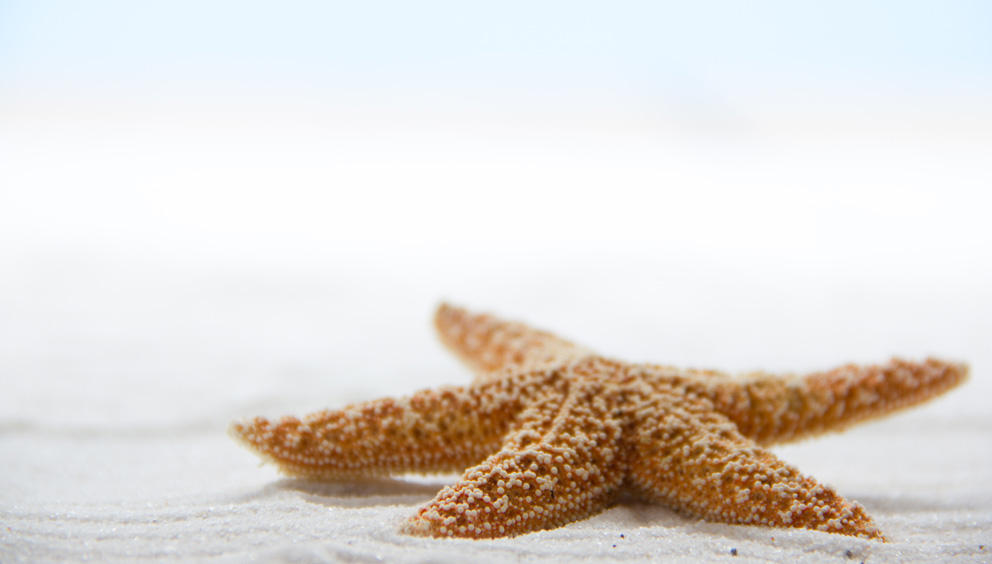Sea stars along much of the North American Pacific coast are dying in great numbers from a mysterious wasting syndrome. The cause of the syndrome is unidentified, and it’s not clear whether it’s a due to an environmental change, disease, or something else. Similar die-offs have occurred before in the 1970s, 80s, and the 90s, but never before at this magnitude and over such a wide geographic area.
The MARINe Research Group at UC Santa Cruz is asking the public for help by observing and reporting Sea Star Wasting Syndrome (SSWS). Their letter to the public is included below:
—————————————————
Dear Sea Star Wasting Syndrome Observer,
Over the past year, we have been able to track the occurrence of Sea Star Wasting Syndrome (SSWS) along the west coast of North America largely due to observations and monitoring by individuals such as yourself. While we continue to monitor the occurrence of SSWS and encourage you to continue to submit your observations, we are also beginning to investigate the possible ecological consequences of SSWS. SSWS has the potential to significantly change the communities in which sea stars live because they play a key role in their habitats; sea stars are generally not prey for other species, and many are predators, meaning species which have been their prey may become more abundant.
In order to understand the possible consequences of SSWS, we need to determine the potential for replenishment of sea stars in affected areas. Key to this will be observations and monitoring of juvenile sea stars. Recently, we have seen very high abundances of juveniles in some of our hardest-hit sites, and would like to document the abundance and health of baby sea stars on a large scale. This will only be possible through the help of observers along the entire west coast. We encourage you to view our Juvenile Sea Star Identification Guide as identifying small sea stars is trickier than large ones (submitting photos is highly encouraged). We also encourage you to submit observations of juvenile sea stars through our new Juvenile Sea Star Observation Log.
More information is available at the following link:
Your observations will be essential to fully understanding the impact of and recovery from Sea Star Wasting Syndrome.
Lastly, we are considering the development of a mobile app that will provide educational information about sea stars and the wasting disease, as well as ID guides and survey protocols. This mobile app will be designed for Android and IOS platforms. We would greatly appreciate your input on the utility of this app and have put together a brief survey to gauge potential users’ interest. The survey can be found at:
Thank you for your interest and help,
The MARINe Research Group at UC Santa Cruz (seastarwasting.org)

